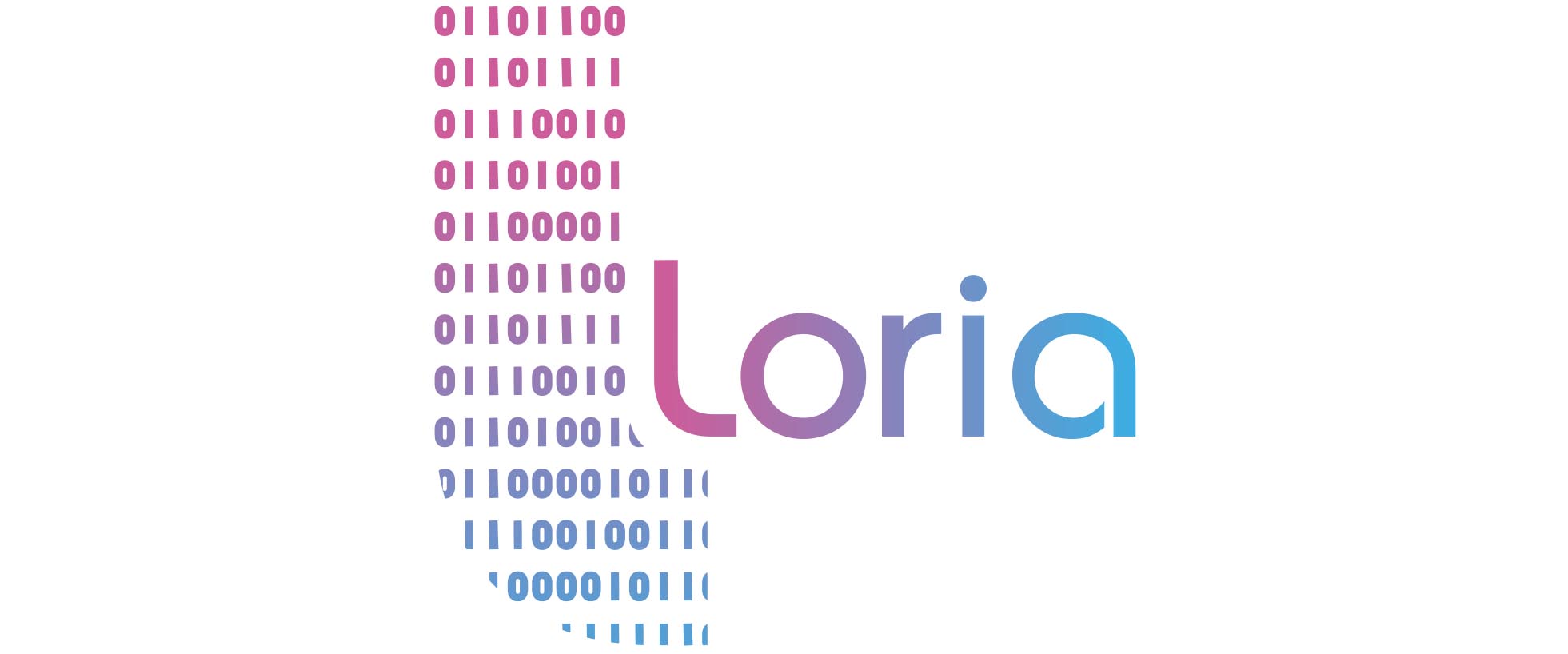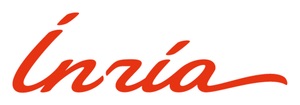Current projets 3
Biomtrace (2024-)
- Project: Biometric methods for the identification and traceability of oak logs
- Funding: Graine d’ARTEMIS — Lorraine Université d’Excellence (Labex ARBRE)
- Proposal: This project addresses the issue of log traceability, there is a need to develop alternative methods to these physical markers that can be used everywhere and that allow each log to be identified individually. One of the aims of this project is to acquire skills in the field of roundwood traceability using image analysis techniques with biometric approaches and to become experts in this field by proposing our own developments to meet the needs of the French forestry and timber sector. For this end, we intend to apply the latest advances in computer science research, particularly in the field of artificial intelligence, and to propose new developments more suited to our case.
This project completes the Biomtrace initiative, previously supported by France Bois Forêt.
Biomtrace (2023-)
- Project: Développement de méthodes BIOMétriques pour l’identification et la TRACabilitE des grumes de chêne
- Funding: France Bois Forêt (FBF)
- Proposal: L’objectif de ce projet est de tester le développement d’une méthode de traçabilité des grumes de chêne basée sur des caractéristiques intrinsèques aux grumes, qui serait une alternative aux marqueurs physiques tels que les plaquettes plastiques ou les puces RFID. La piste suivie est le développement d’une méthode de traçabilité basée sur l’analyse de photos prises à l’extrémité des grumes en forêt et après transport à l’aide de capteurs classiques de type smartphones.
La méthode devra être robuste quels que soient l’environnement de la grume sur l’image, le type d’appareil utilisé, les conditions de lumière pour la prise de photos et le temps écoulé depuis la coupe qui va faire changer la couleur et l’aspect de la section avec l’apparition possible de fentes. Dans cette première analyse on ne cherchera pas à reconnaître une grume après une purge de son extrémité et seules des images RGB classiques seront utilisées (pas d’images hyperspectrales à ce stade). Le projet devra évaluer si l’utilisation de ce type de méthode, basée sur des photos et des approches d’intelligence artificielle, peut fonctionner pour l’identification des grumes de chêne et leur traçabilité. Il devra aussi identifier les éventuels verrous scientifiques et techniques qui seraient encore à lever, et préciser la faisabilité de développement opérationnel.
ANR EffiQuASS (2022-)
- Project: Precise, cost & eco-efficient timber quality assessment for the sawmill of the future
- Funding: French Agence Nationale de le Recherche (ANR-21-CE10-0002)
- Proposal: Structural design of buildings requires the knowledge of the material that constitutes the structure. On the opposite of concrete and steel, timber mechanical properties are highly variable because of tree growth conditions and the natural heterogeneity of wood. This is the reason why quality assessment is crucial for timber. In modern sawmills, there are scanners that control each board quality thanks to color or X-ray images. The LaBoMaP has a great experience on how to extract boards mechanical properties from this scanner data. Recently, this scanner data has also been used for the traceability of the boards. Board traceability data can help for quality assessment since there are correlations between boards quality and the logs, or at a larger scale the region they come from.
Other scientific challenge is to find a better indicative property of the strength to obtain a better grading efficiency than when using the dynamic MoE alone. By using simple optical technologies and board traceability, this project aims to propose methods that will help to significantly improve timber quality assessment for an eco-efficient usage of forest resources in a cost-effective sawmill of the future. It will be based on data from Douglas Fir species (Pseudotsuga menziesii (Mirb.) Franco), because of its current and future very high importance in French resource and construction building usage, but the developed methods can be applied to other species. Moreover, Douglas fir potential for improvement is higher than Norway spruce as shown by the aforementioned grading efficiency figures.
Past projets 7
ANR WoodSeer (2019-2024)
- Project: Predicting Inner Wood Defects from Outer Bark Features
- Funding: French Agence Nationale de le Recherche (ANR-19-CE10-011)
- Proposal: From a biological point of view, similarly to wood recording events occurring during a tree development, the tree bark reflects also its history and particularly the development of its branching. From a living branch until a knot in duramen, these different stages have a more or less evident impact on the external bark roughness, (slight colour differences can also be present). The leading assumption of WoodSeer is that it is possible to characterize automatically surface defects and to link them to the characteristics of the inner part through the establishment of relationships between both.
From an industrial point of view, WoodSeer targets the supply chain of wood for the first transformation industry but also the first steps of this transformation by aiming at adding information about the quality of the raw material at different steps of the supply processes: for standing trees in the forest, for felled logs stored at the roadside ,or just before their transformation in the sawmill. WoodSeer consortium believes that such information, added to a traceability framework, could be valuable to the wood supply chain, and in particular for the trading processes, adding transparency and offering the possibility to finely assign logs to a specific usage for customers.
ANR R-Vessel-X (2018-2023)
- Project: Vascular network extraction and understanding within biomedical images
- Funding: French Agence Nationale de le Recherche (ANR-18-CE45-0018)
- Proposal: Cardiovascular diseases and other blood vessels disorders increase in the world-wide scale and in particular in Occident. The evolution of computer science in researches investigating vascular networks has raised the interest in numerical reconstructing and understanding of those complex tree-like structures. The R-VESSEL-X project proposes original and robust developments of image analysis and machine learning algorithms integrating strong mathematical frameworks, e.g. digital geometry and topology, mathematical morphology, or graphs for reconstructing vessels of the liver beyong medical image content. Another objective of R-VESSEL-X is to diffuse research works in an open-source way, with the developments of plug-ins compatible with the ITK and VTK librairies largely popularized by the KITWARE company. This project will also include benchmarks composed of images, associated ground-truth and quality metrics, so that researchers and engineers evaluate their novel contributions.
Structure géométrique discrète (Novembre 2022)
- Project: Étude géométrique des courbes discrètes bruitées en 3D
- Funding: Mobilité d’inter-laboratoires 2022 du GdR IG-RV
- Proposal: Les courbes discrètes sont souvent représentées par une liste de points. Cependant, avec cette modélisation, les informations géométriques comme la courbure ou les tangentes n’apparaissent pas. Dans le domaine de la géométrie discrète, différents travaux sont réalisés pour l’étude des courbes discrètes. Parmi eux, nous pouvons mentionner les travaux liés à la notion de segment droit maximal (SDM) qui a été largement utilisée pour décrire et analyser les propriétés géométriques des courbes définies dans Z2. Afin de mieux étudier les courbes discrètes bruitées 2D, la structure de la couverture tangentielle adaptative (CTA) est considérée avec la notion de segment flou maximal. C’est dans ce contexte que nous proposons ce projet qui porte sur l’étude géométrique des courbes discrètes bruitées en 3D, en proposant des outils efficaces et automatiques pour les analyser. Plus précisément, l’objectif du présent projet est d’étudier l’extension en 3D de couverture tangentielle adaptative pour les analyses des courbes discrètes bruitées de Z3.
ANR TreeTrace (2016-2022)
- Project: Biometric fingerprints of trees: log tracing from forest to sawmill and early estimation of wood quality
- Funding: French Agence Nationale de le Recherche (ANR-17-CE10-0016)
- Proposal: With the increasing amount of imaging devices installed at sawmills, the importance of using these data for improving workflow and for increasing revenues in the wood processing industries is growing. In this context, challenging questions with respect to imaging and image processing technology arise, several of which will be tackled in this joint project.
The project considers two application cases as follows: The first application case is the question of tracing tree logs from the forest harvesting site to the sawmill by using biometrics related tree log recognition techniques based on image processing of cross-section data only. This approach of course assumes the additional availability of imaging sensors in the forest. Since there is a trend for installing CT imaging devices at sawmills, which are of course not available in the forest, the challenging issue of cross modality matching arises. The second application case is the determination of wood quality from cross-section imagery, applicable already in the forest, and/or at the sawmill.
SolHoM-Fossard (2019-2021)
- Project: Interactions hommes-milieux et évolution des sols au cours des deux derniers millénaires dans le massif du Fossard (Remiremont, Vosges)
- Funding: Project interdisciplinaire de l’Université de Lorraine
- Proposal: Notre équipe de pédologues, archéologues, géographes et informaticiens s’intéresse aux archives pédo- sédimentaires du massif du Fossard, occupé par l’Homme sur presque 2000 ans. Des transects, sélectionnés à partir de cartes et d’analyses d’image LiDAR, seront décrits et échantillonnés. Les sols seront analysés (physico-chimie, micromorphologie, caractérisation de la matière organique) et datés. L’approche intégrée multi-scalaire et interdisciplinaire permettra de mettre en évidence l’empreinte des activités humaines historiques sur les sols, exacerbées ou non par certains évènements climatiques majeurs.
Invariance géométrique (April 2017)
- Project: Invariance géométrique par transformations rigides digitales
- Funding: Mobilité d’inter-laboratoires 2017 du GdR IG-RV
- Proposal: Avec l’explosion des données digitales dans lesquelles les objets sont discrétisés/numérisés, nous nous intéressons à l’utilisation des transformations géométriques, en particulier les transformations rigides, dans le contexte des images numériques. Plus précisément, les transformations appliquées aux images numériques de Z2 sont appelées les transformations rigides digitales. Il s’agit des transformations rigides de R2 qui suivent un procédé de digitalisation afin d’obtenir un résultat sur Z2. Il est montré que ces transformations digitales perdent, dans la plupart des cas, leurs propriétés géométriques par rapport à leurs homologues continus, à cause de la digitalisation.
Dans ce contexte, nous voulons étudier aussi les conditions/caractérisations des images numériques qui permettent de préserver leurs propriétés géométriques, en particulier la convexité, sous des transformations rigides arbitraires.
Image Matching (January-Mars 2013)
- Project: 2D Image Matching using Local Search
- Funding: Université de Paris-Est
- Proposal: 2D Image Matching (2D-IM, for short) refers to the problem of finding an admissible transformation between two given images. In particular, we address 2D-IM under rigid transformations, i.e., that combine translations and rotations. In a recent work, we proposed to study rigid transformations for digital images as a fully discrete process using a combinatorial structure -namely, a graph to model the whole space of rigid transformations on arbitrary subset of Z2 of size N × N.
In this project, we plan to investigate the 2D-IM problem using combinatorial optimisation applied on the proposed structure.



